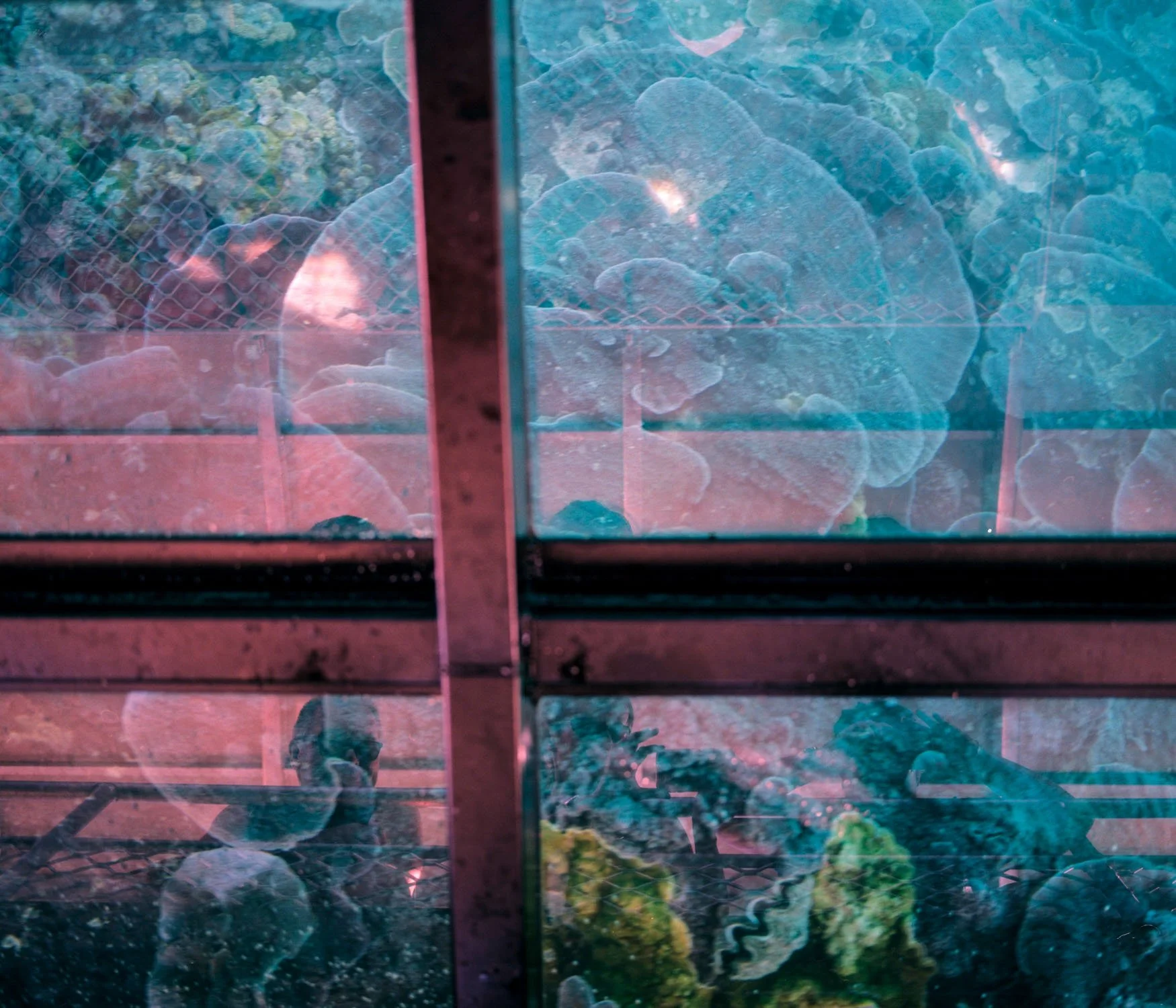See you later, Zooxanthellae!
See you later, Zooxanthellae!
We see the ocean as something unlimited and unimaginable, the last great wilderness on our planet. We carry this idea with us when we first encounter a coral reef while diving; never seen organisms and shapes, fearsome reef sharks and elegant turtles swimming by leisurely.
The impression arises that the underwater world is still wild and untouched. The scientific exploration of the reefs is historically still incredibly young. There are no photos and or videos documenting when coral reefs were in their most pristine state. Nevertheless, the data collected is regarded as a ‘baseline’ in science. This is understandable; the first data available to science on a topic is automatically considered the original state of matter. However, reefs have existed and been subjected to change for much longer than they have been explored. Therefore their original condition is relatively unknown to us.
This is where the notion of 'Shifting Baselines' becomes important. This involves dating the ‘baseline’ to the point in time when an environment is first observed rather than corresponding to its actual untouched state.
What a diver perceives as an underwater world on their first dive becomes their personal baseline, their conception of the original ‘state of the reefs’. For the next generation, however, the baseline will already be a completely different one. The baseline is shifting from generation to generation. And so we don‘t notice how far the underwater world is from its original state. The theory of the ‘sifting baseline’ shows us: there is a risk that the underwater world will gradually disappear over generations without us really noticing it. And if we don‘t notice the decline of the underwater world, how can we do enough to save it?
Many reefs have suffered serious damage in the human age, the Anthropocene. Rising water temperatures affect corals in particular. The first global coral bleaching occurred in 1998. The next one followed in 2002. Although researchers did not predict global coral bleaching events to occur annually until 2040/50, in fact, successive global bleaching events took place in 2016 and 2017. Another mass bleaching occurred in 2020 and even affected the cooler, southern reefs of the Great Barrier Reef. This was Australia’s third mass bleaching event in just about five years.
Due to a lack of political intervention, researchers currently expect the reefs to disappear worldwide by the middle of the century. If we lose coral reefs, we lose the rainforest of the sea. We would lose 25 per cent of the fish that live in this ‘underwater rainforest’, leaving large marine animals without food. We would lose staple food sources from the sea, on which 400 million people depend every day. We would lose the last big wilderness on our planet.
DISCLAIMER: All views expressed are those of the writer and do not necessarily represent that of the 9DASHLINE.com platform.
Biography
Claudia Schildknecht is a freelance visual artist who graduated from the Camera Arts degree programme at the Lucerne University of Art & Design in 2016. Her focus is on investigative photojournalism and socially critical topics such as the ivory trade in Malawi, the coral die-off in the northern Great Barrier Reef and the crisis in Swiss agriculture. Her work has been published in various magazines and newspapers and exhibited in museums and galleries in several countries. Image credit: Claudia Schildknecht.









